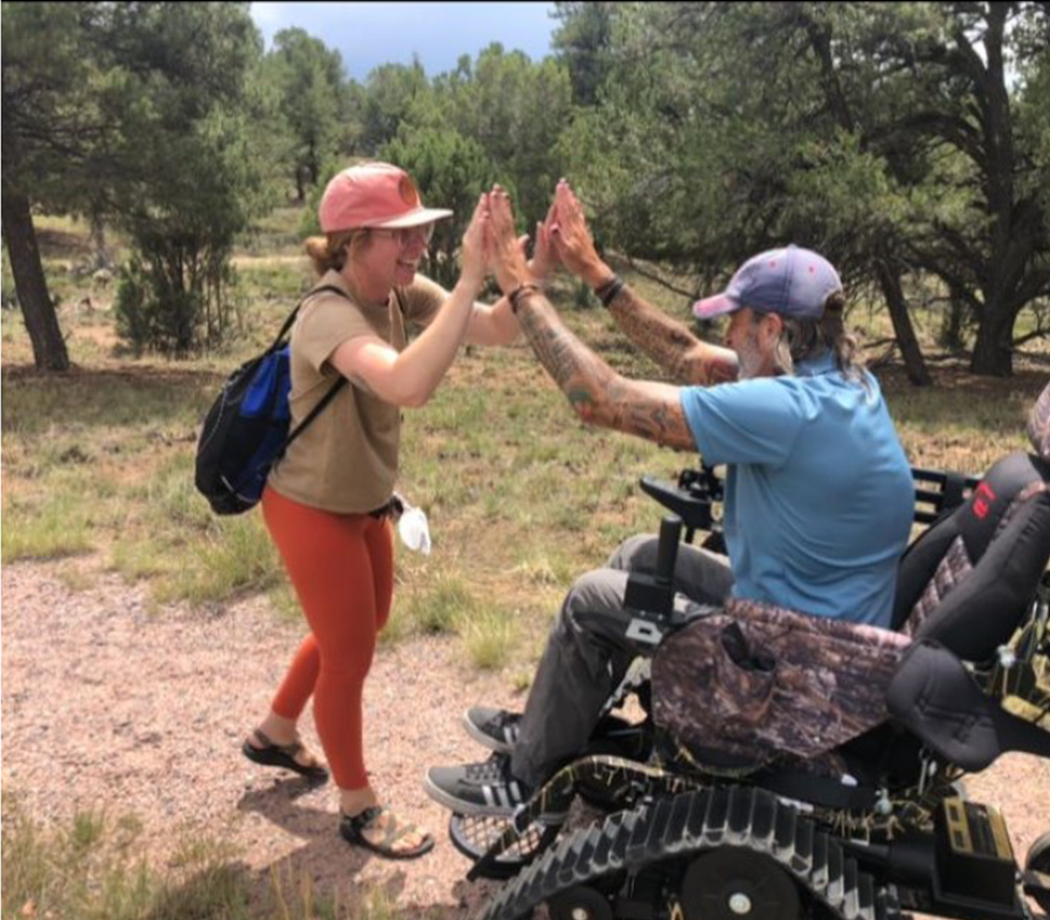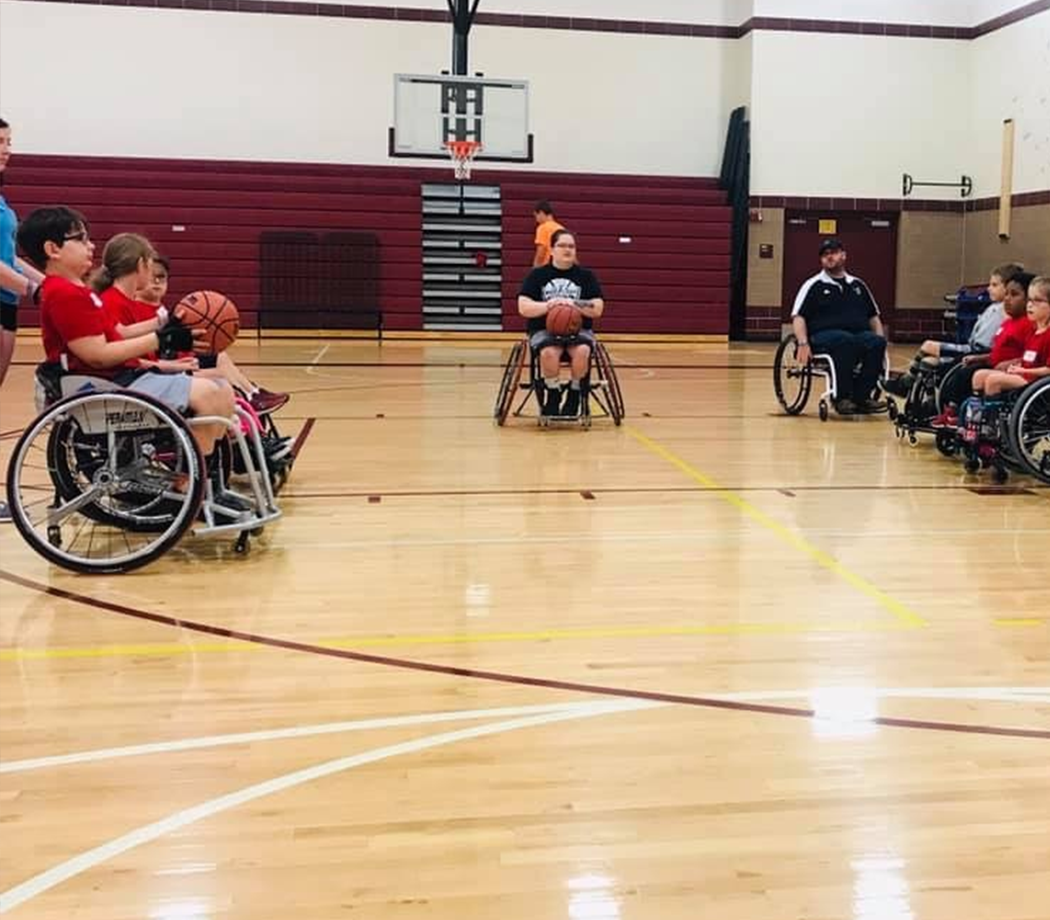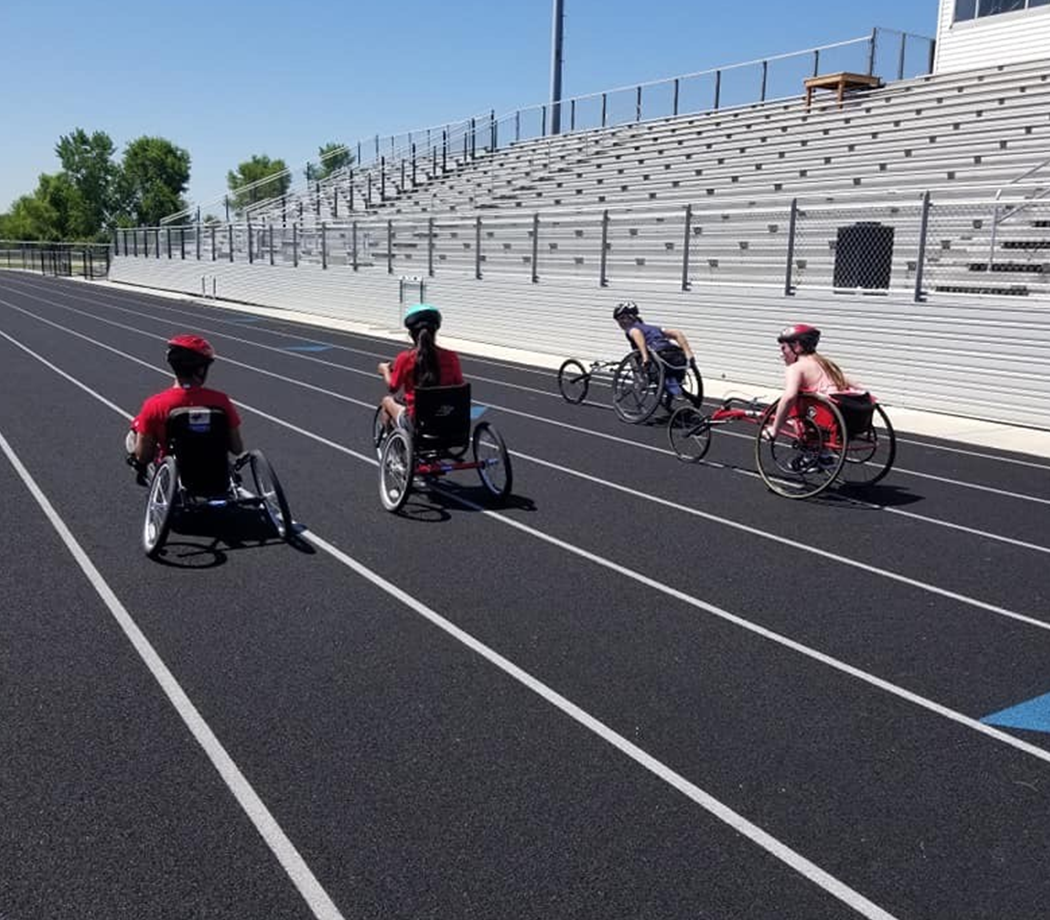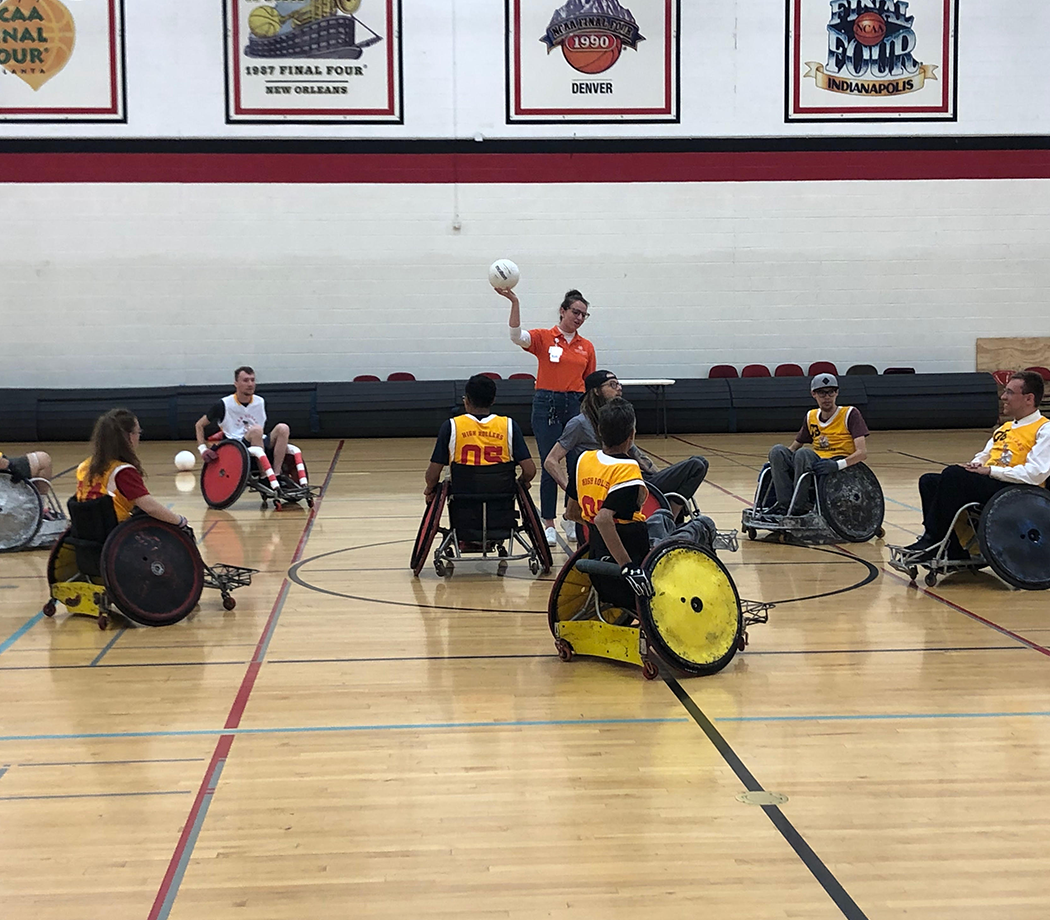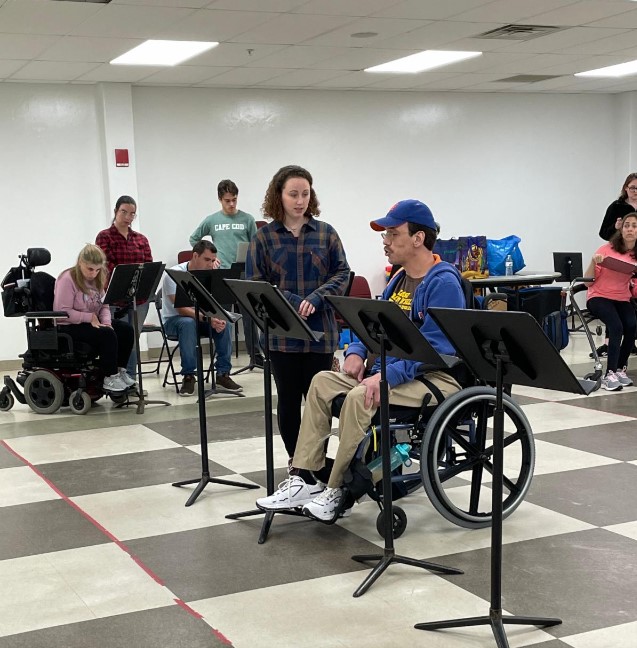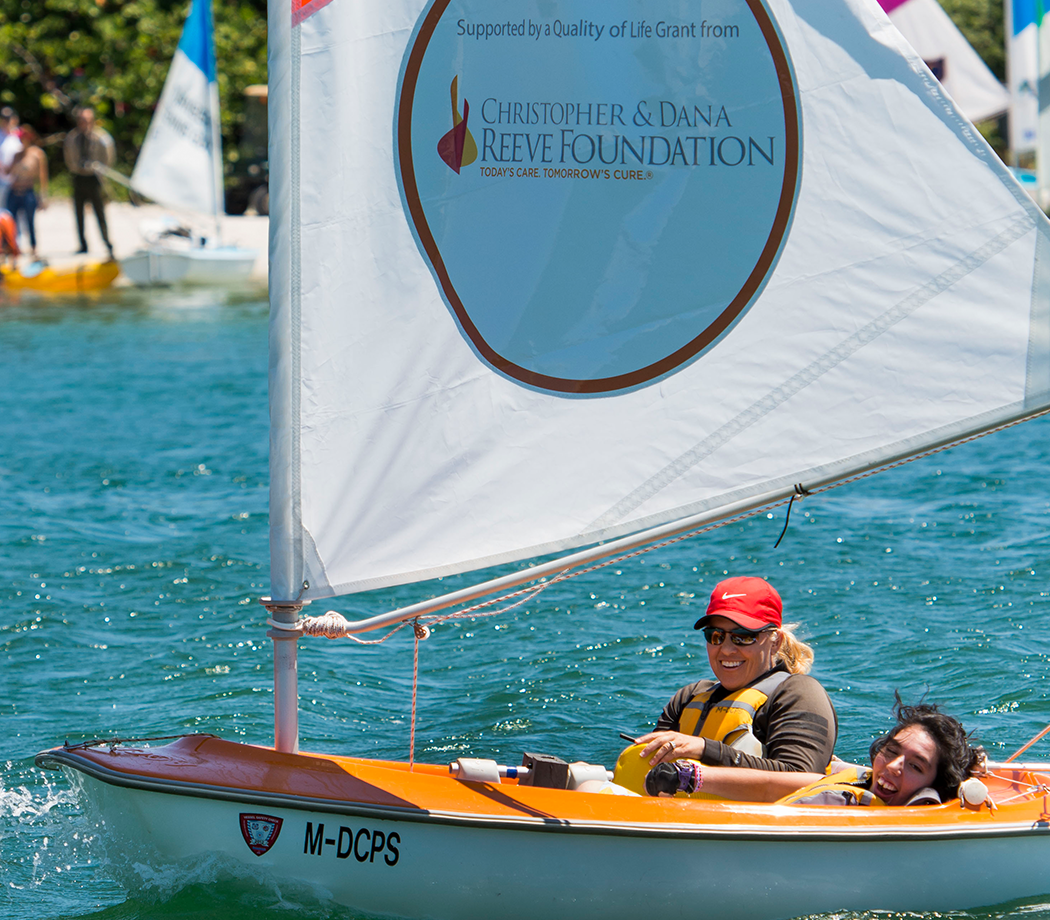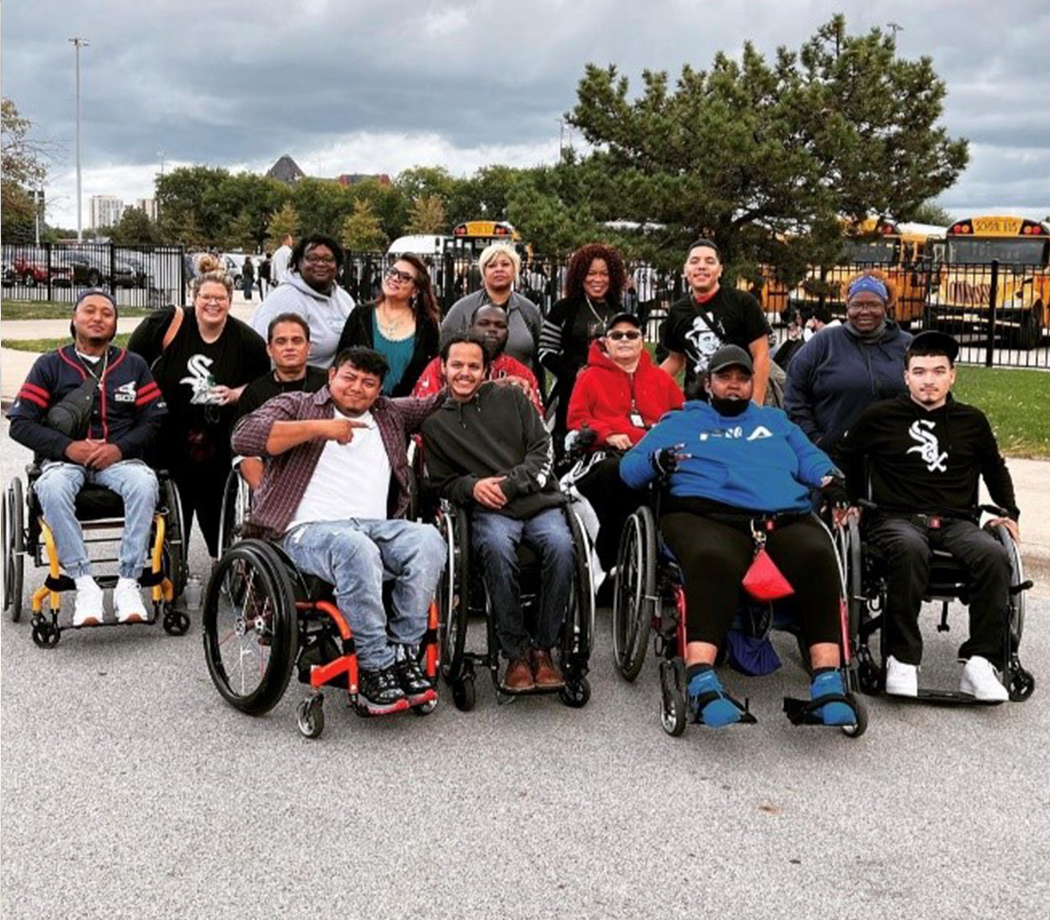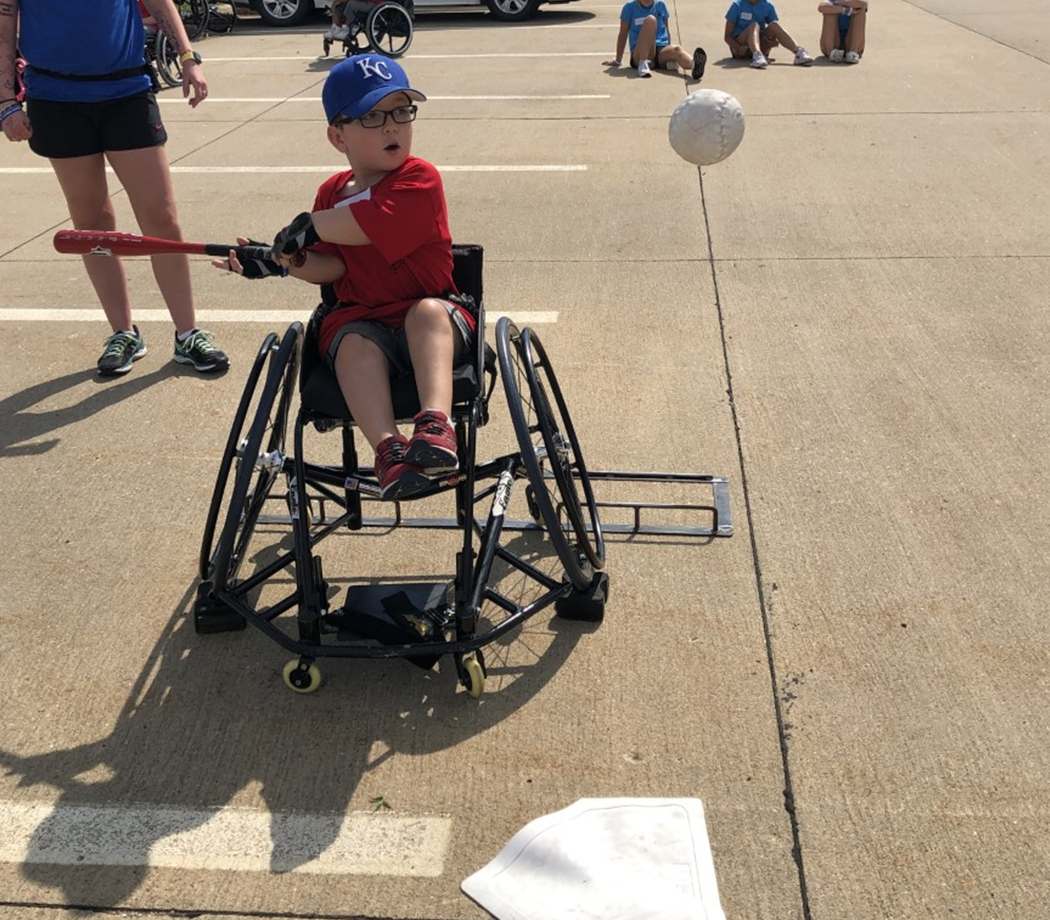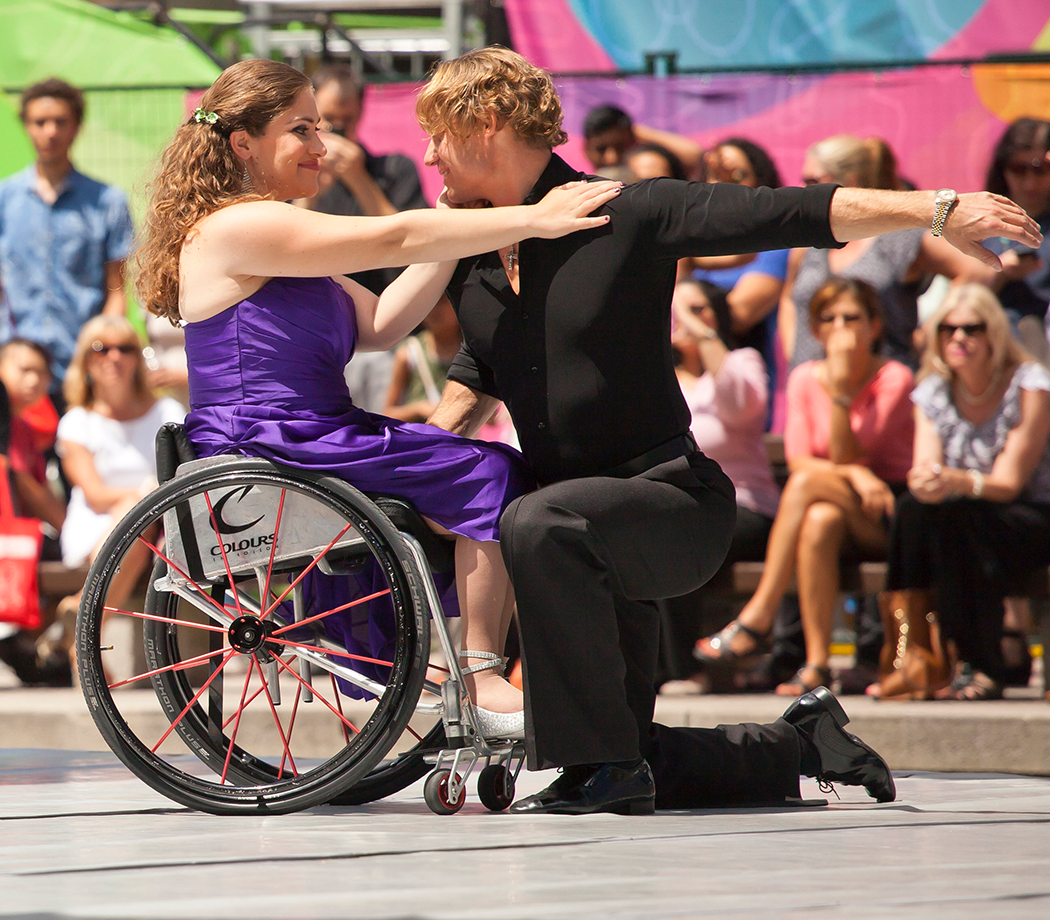Guidelines for Discussing People with Disabilities
Please note that these guidelines specifically refer to “person-first language” which puts a person before their diagnosis, such as being a person with a disability. The Reeve Foundation respectfully supports the fact that many disabled people proudly use “identity-first language” which leads with a person’s diagnosis, such as “being a disabled person.”
The intent of these guidelines is not to promote one language over the other, but to deter applicants from using potentially harmful and offensive language. The Reeve Foundation supports both person-first and identity-first language and we encourage the use of whichever language allows the user to feel empowered.
How to Refer to Disability
The language we use to discuss people living with disabilities matters. Words have the power to not only define what is possible, but to dangerously diminish and dismiss the value of another human being.
Applications to the Reeve Foundation’s Quality of Life Grants Program come from organizations and individuals who work hard each day to improve the lives of people living with paralysis. Part of that work must also be to understand and consistently use language in both conversation and on paper that is inclusive and respectful.
Before submitting grant applications, use this Q&A to become familiar with up-to-date terminology – and especially words and language to avoid – when referring to people with disabilities.
What is person-first language?
It is critical that grant applications reflect respect for the communities they serve by using person-first language.
Person-first language never defines an individual based on their disability. It is a way of speaking that literally puts the person first. Think about a woman —a mother, friend, lawyer and daughter – living with a C6 spinal cord injury. The injury is just one part of her life – not the whole.
She is not “a quad.”
She is a woman living with quadriplegia.
To describe an individual using person-first language, always remember that they are “living with” their disability; they are not strictly defined by it.
Organizations that support individuals living with paralysis and other co-occurring disabilities (such as developmental disabilities) can also more broadly refer to those they serve as “clients” or “community members” living with paralysis.
When should I use the term handicapped?
Over the last decade, the way in which we refer to people with disabilities has changed. Many words and phrases that were traditionally used are now considered offensive to people with disabilities.
The word handicapped should no longer be used, either in referring to an individual’s disability or as a descriptive word for public places. Instead, use the word accessible to refer to accommodations for people who have a disability.
For example, avoid requesting funding for a ramp for “handicapped” clients; instead request funding for a ramp to make the building “accessible” for all visitors living with paralysis, their families and caregivers. Parking spaces and playgrounds should also be described as “accessible,” rather than as “handicapped.”
Why is using words like “suffering” or “stricken” to describe living with a spinal cord injury offensive?
Many of the overly dramatic words too often used to describe disabilities – suffering, stricken, afflicted – belong in a Victorian novel, not in a description of individuals pursuing healthy, happy lives.
A person does not suffer from a T-6 injury; a person lives with a T-6 injury.
Grant applications should never contain these or any other phrases that imply pity. In addition, avoid similarly emotional and negative words such as “unfortunate” or “pitiful” when discussing injuries or individuals.
How do I refer to a person’s injury or medical condition?
Individuals living with paralysis as a result of traumatic injury should be described as having “sustained an injury,” rather than “suffering” from one, which implies victimhood. Medical conditions, ranging from stroke and spina bifida to muscular dystrophy, can also lead to paralysis. When describing, use neutral language such as, “Sarah has muscular dystrophy” or “Bryan became paralyzed after experiencing a stroke.”
Should I describe people who live with disabilities as being differently-abled?
There is no need to use euphemisms to describe disabilities. Terms such as “handicapable, differently-abled, special and challenged” are condescending and can reinforce the stigma around disabilities.
Disabilities are a normal part of life for millions of people; there is no reason to avoid talking about them. Instead, use neutral and direct language such as a “John is a person living with paralysis” or “This project will support people with spina bifida.”
When should I refer to individuals as patients?
Don’t imply disease when discussing disabilities. Only refer to individuals with disabilities as patients if it is in reference to their current treatment in the context of a hospital or clinical/medical setting.
What is the most important thing to remember when describing wheelchairs?
Wheelchairs are a means of getting around; they do not define a person or warrant pity. Grant applications should never describe a person as being “confined to a wheelchair” or “wheelchair-bound.” Instead, refer to an individual as “using a wheelchair” or to people who use wheelchairs as “wheelchair users.”
What is the best tip for choosing the right words when discussing people living with disabilities?
Always use language that emphasizes ability, not mobility limitations.
Sources
NYC Mayor’s Office for People with Disabilities, National Center for Disability and Journalism at Arizona State University

